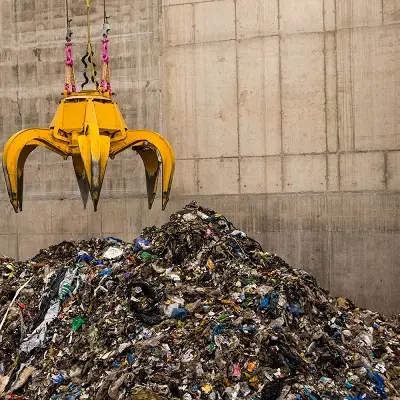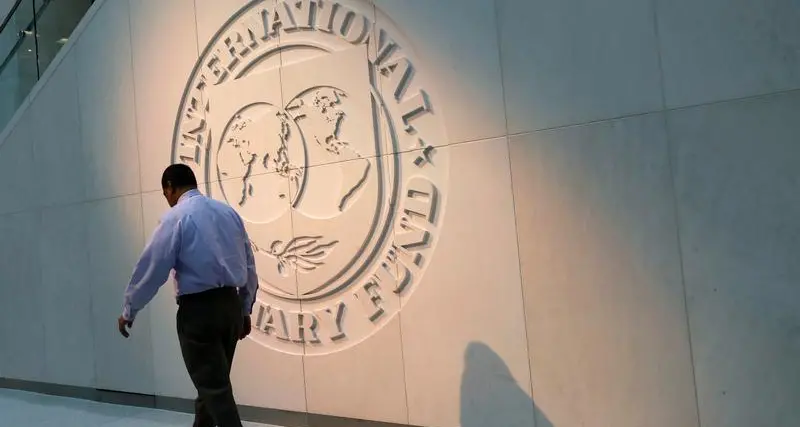PHOTO
(Repeats Dec. 12 column for wider distribution. The opinions expressed here are those of the author, a market analyst for Reuters.)
CHICAGO - China finally returned to the U.S. soybean market on Wednesday after a six-month hiatus, sending analysts into a frenzy of speculation on what it could mean for the future. But there are some important things to consider before celebrating the top consumer’s reappearance.
Chinese state-owned companies bought at least 1.5 million tonnes of the U.S. oilseed on Wednesday, though there was talk that the country is seeking up to 3 million tonnes for now.
This somewhat validated claims from U.S. President Donald Trump, who told Reuters in an interview on Tuesday that top consumer China was “back in the market” to buy soybeans following the Dec. 1 trade truce. He added that the purchase amounts would be “tremendous,” though he did not offer specific numbers.
In this case, the definition of "tremendous" matters a great deal to the U.S. balance sheet, which is currently overflowing with soybeans after a string of record harvests and strong competition with South America for exports.
The U.S. Department of Agriculture projects U.S. soybean exports at 1.9 billion bushels in 2018-19, down 11 percent from the previous year, though ending stocks of 955 million bushels would be more than double last year’s amount.
Some of those forecasted exports are presumably destined for China, though the actual amount is unknown. However, this number is crucial in determining whether China’s latest bean purchases will help cut down on U.S. soybean supply, or simply just maintain it.
USDA officials did not immediately respond to an inquiry on the matter.
SOME MATH
Since June, USDA has dropped 2018-19 Chinese soybean imports by 13 million tonnes to 90 million.
On Tuesday, the agency boosted Brazil’s exports to 81 million tonnes from 77 million and stated in its monthly oilseed circular that “currently, nearly all of Brazil’s exports are destined for China.”
No further elaboration was offered, but in recent years, about 70 to 75 percent of Brazil’s annual soybean shipments were China-bound. That share should certainly be larger this year, but how much larger If Brazil ships 70 million tonnes to China, that would be about 86 percent and it would leave 20 million tonnes of Chinese demand to be covered by other sources.
USDA drastically cut Argentina’s exports to 5 million tonnes from 8 million on grounds that the country will lose business to neighboring Brazil and possibly to the United States due to cheaper supplies there. Historically, China accounts for more than 90 percent of Argentine soy trade, so that may remove another 4.5 million tonnes from the balance.
Under these rough assumptions about South American exports, some 15.5 million tonnes of China’s import needs remain to be split up between the United States and the minor exporting countries. This is where it is up to the individual analyst to decide how the rest may be dispersed.
Since June, USDA’s estimate for 2018-19 U.S. soybean exports has fallen by 390 million bushels, or 10.6 million tonnes, to the current 1.9 billion bushels. The bulk of this reduction was probably based on lost trade with China. (https://tmsnrt.rs/2zWYeIS)
For reference, the United States shipped about 28 million tonnes of soybeans to China in 2017-18, and about 36 million in the year prior.
But regardless of how much soy business USDA assumes will be done between the two countries, sales have been sparse. Through the end of November, China had committed to 583,000 tonnes of U.S. beans for delivery in 2018-19 versus 20 million by the end of November 2017.
USDA will publish export sales covering the week ended Dec. 6 on Thursday at 7:30 a.m. CST (1330 GMT), meaning that China’s Wednesday purchases may appear via a separate sales announcement from the agency. Those reports, if any, are published daily at 8 a.m. CST (1400 GMT).
POSSIBLE HURDLES
Wednesday’s purchases and ones that may immediately follow are likely goodwill purchases for now, as a permanent trade deal has yet to be reached between the two countries. China buying U.S. agriculture products was just one of the initial agreements made by the two national leaders when they met in Argentina on Dec. 1, but it does not necessarily mean that China is back in the market for good.
According to U.S. officials, the two countries have until March 1 to reach a permanent deal before higher and/or more tariffs are imposed. This allows one or both parties to kick the can down the road for a bit.
If the trade talks extend close to that deadline, a sizable amount of Brazil’s record-large crop will be ready for shipment, and this is a scenario that U.S. soybean market participants would rather not witness.
Another consideration is that if China were to return to the U.S. soybean scene in a significant way, it could potentially deter other buyers from the U.S. product if it results in less attractive prices. This scenario has the potential to reduce overall export demand for U.S. beans if China’s participation is not as heavy as the market expected, but heavy enough to sideline other countries.
Through Dec. 6, U.S. soybean export inspections totaled 14.2 million tonnes, down 41 percent on the year. Port inspections are not an exact approximation to actual exports, but they can offer some insight on what the rest of 2018-19 needs to look like.
To reach USDA’s 1.9 billion-bushel export target, about 980,000 tonnes of soybeans need to be shipped on average each week between Dec. 7 and Aug. 31. This volume represents a record weekly pace from mid-March through the end of the marketing year.
Though based on USDA’s assumptions, this might not be impossible. The agency expects the United States to capture more non-China market share this year, stating in its November report that this will be especially true during the second half of 2018-19 when those imports typically trend higher.
(Writing by Karen Braun Editing by Matthew Lewis) ((karen.braun@thomsonreuters.com; +1 (312) 408-8059; Reuters Messaging: karen.braun.thomsonreuters.net@reuters.com; Twitter: @kannbwx))












